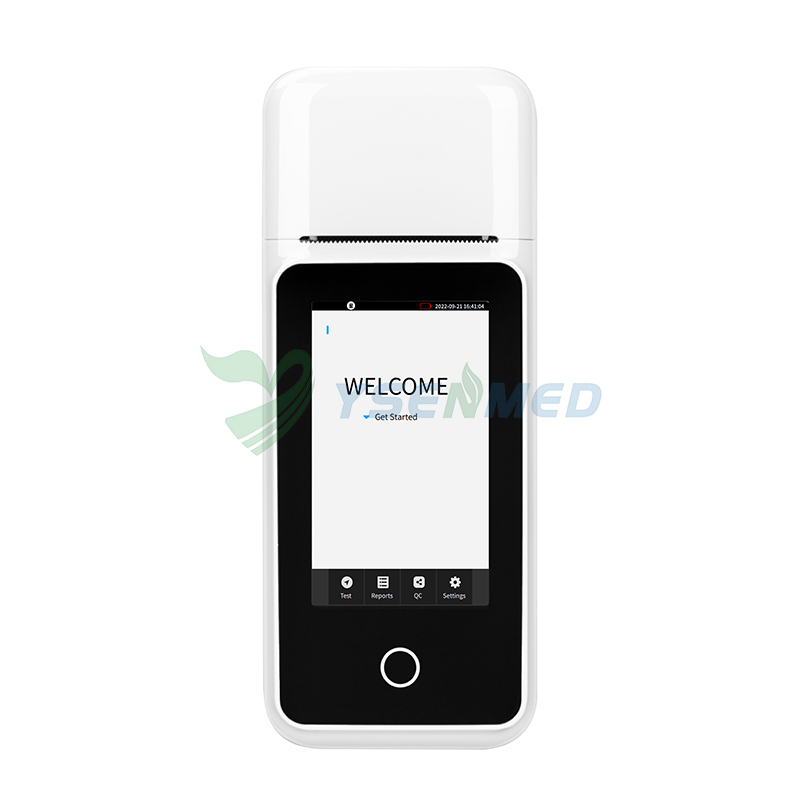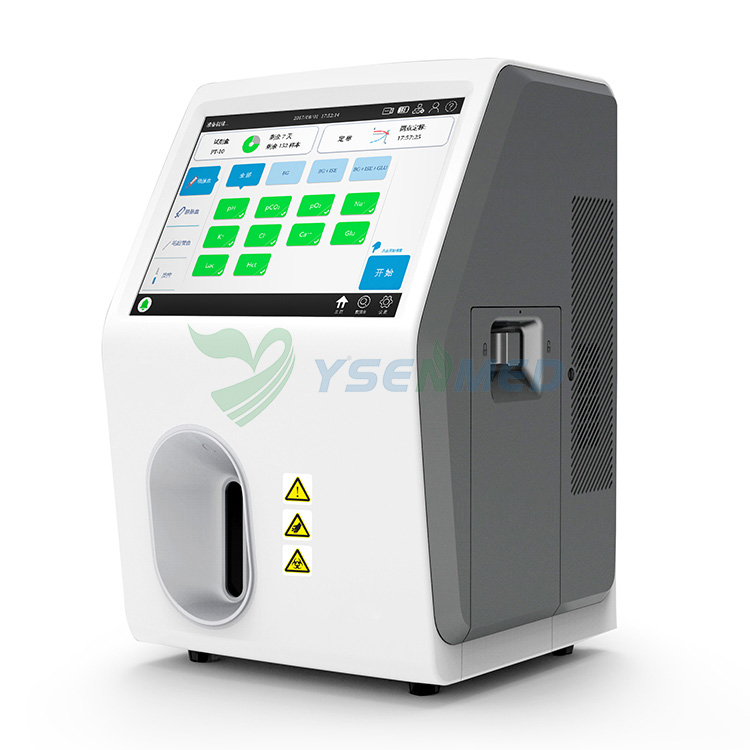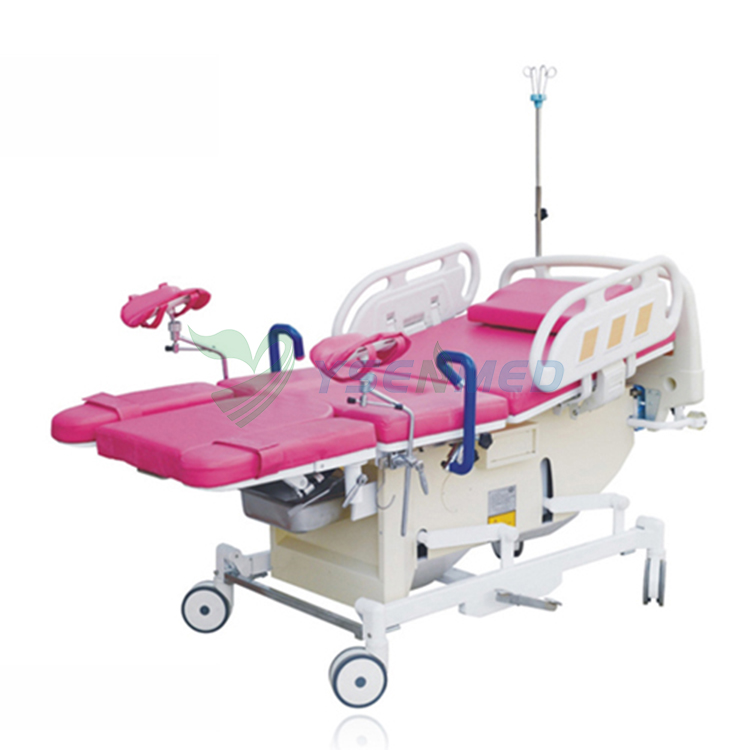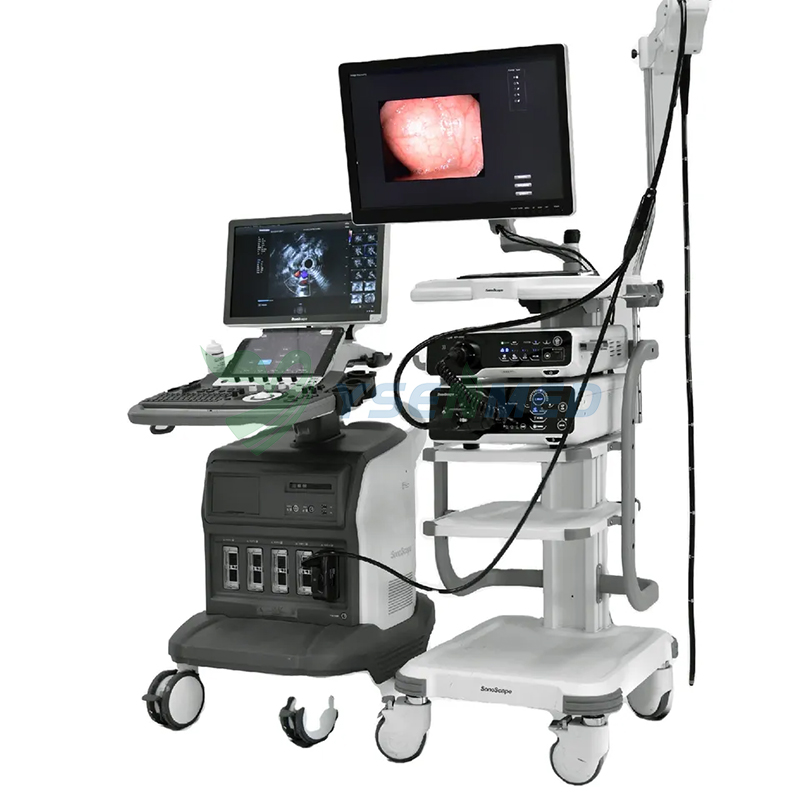Title: Unveiling the Vital Role of Suction Unit Patient Vacuum Aspirators in Healthcare
Introduction: Suction unit patient vacuum aspirators are indispensable devices in healthcare settings, providing critical suctioning capabilities for various medical procedures and interventions. From surgical operations to emergency airway management, these versatile devices play a vital role in maintaining patient airway patency, facilitating wound drainage, and assisting in obstetric and gynecological procedures. This comprehensive explores the functionalities, applications, benefits, and advancements of suction unit patient vacuum aspirators, shedding light on their indispensable role in modern healthcare.
Understanding Suction Unit Patient Vacuum Aspirators: Suction unit patient vacuum aspirators, also known as medical suction pumps, are mechanical devices designed to generate negative pressure or suction to remove bodily fluids, secretions, and debris from the patient's airway, surgical site, or body cavity. These devices consist of a vacuum pump, collection canister, tubing, and suction catheters or probes, which are used to aspirate fluids and maintain a clear and unobstructed pathway for breathing or medical procedures.
Functionalities and Components:
-
Vacuum Pump: The heart of the suction unit, the vacuum pump generates negative pressure to create suction, typically through mechanical or electrical means. Common types of vacuum pumps include rotary vane pumps, diaphragm pumps, and venturi pumps, each offering specific advantages in terms of suction power, noise level, and portability.
-
Collection Canister: The collection canister serves as a reservoir for the aspirated fluids and debris, preventing contamination of the vacuum pump and tubing. Canisters may feature disposable liners or filters to facilitate hygienic disposal of collected fluids and reduce the risk of cross-contamination between patients.
-
Tubing and Connectors: Flexible tubing connects the vacuum pump to the suction catheter or probe, allowing for precise control and direction of suctioning. Disposable or reusable catheters and probes come in various sizes and configurations to accommodate different suctioning needs, such as oral, nasal, endotracheal, or wound suctioning.
-
Control Panel and Settings: Modern suction unit patient vacuum aspirators are equipped with intuitive control panels and settings that allow healthcare providers to adjust suction pressure, flow rate, and duration according to the specific requirements of the procedure or patient condition. Digital displays and alarms provide real-time feedback and alerts, enhancing safety and usability.
Applications Across Healthcare Settings:
-
Surgical and Operating Rooms: In surgical and operating room settings, suction unit patient vacuum aspirators are used to evacuate blood, fluids, and debris from the surgical site, ensuring optimal visibility and facilitating precise surgical techniques. These devices are essential for procedures ranging from minor surgeries and biopsies to major operations such as abdominal and thoracic surgeries.
-
Emergency Departments and Critical Care Units: Suctioning is a critical intervention in emergency airway management and critical care settings, where it is used to clear the airway of blood, vomitus, or secretions in patients with compromised respiratory function or airway obstruction. Suction unit patient vacuum aspirators enable rapid and effective suctioning in emergencies such as cardiac arrest, trauma, or respiratory distress.
-
Obstetrics and Gynecology: Suction unit patient vacuum aspirators are widely used in obstetric and gynecological procedures, including childbirth assistance, vacuum-assisted delivery, and uterine aspiration for miscarriage management or elective abortion. These devices offer precise control and gentle suctioning, minimizing trauma to delicate tissues and ensuring patient comfort and safety.
-
Intensive Care Units and Respiratory Therapy: In intensive care units and respiratory therapy settings, suction unit patient vacuum aspirators play a crucial role in managing patients with respiratory insufficiency, ventilator dependence, or tracheostomies. Suctioning of airway secretions helps prevent aspiration pneumonia, maintain airway patency, and optimize respiratory function in critically ill patients.
-
Home Healthcare and Ambulatory Settings: Portable suction unit patient vacuum aspirators are increasingly being used in home healthcare and ambulatory settings to provide suctioning support for patients with chronic respiratory conditions, neuromuscular disorders, or palliative care needs. These compact and lightweight devices empower patients and caregivers to manage airway secretions and maintain respiratory hygiene in the comfort of their own homes.
Benefits and Advantages:
-
Improved Patient Safety: Suction unit patient vacuum aspirators help prevent complications such as aspiration pneumonia, airway obstruction, and respiratory distress by effectively removing secretions and debris from the airway.
-
Enhanced Surgical Precision: In surgical settings, suctioning facilitates optimal visualization of the surgical field, allowing for precise dissection, hemostasis, and tissue manipulation.
-
Reduced Risk of Infection: Timely removal of blood and bodily fluids reduces the risk of wound contamination and surgical site infections, promoting faster healing and recovery.
-
Increased Patient Comfort: Gentle and controlled suctioning minimizes patient discomfort and trauma to surrounding tissues, enhancing overall patient experience during medical procedures.
-
Versatility and Adaptability: Suction unit patient vacuum aspirators are adaptable to a wide range of clinical scenarios and patient needs, making them indispensable tools in diverse healthcare settings.
Advancements and Innovations:
-
Portable and Battery-Powered Designs: Advances in battery technology and miniaturization have led to the development of portable and battery-powered suction unit patient vacuum aspirators, enabling greater mobility and flexibility in healthcare delivery.
-
Integrated Safety Features: Modern suction units are equipped with integrated safety features such as automatic shutoff mechanisms, pressure alarms, and bacterial filters to enhance patient safety and infection control.
-
Digital Connectivity and Remote Monitoring: Some suction units offer digital connectivity and remote monitoring capabilities, allowing healthcare providers to monitor suction parameters, track usage trends, and receive real-time alerts or notifications via mobile devices or centralized monitoring systems.
-
Smart Suction Algorithms: Intelligent suction algorithms and feedback mechanisms adjust suction pressure and flow rates dynamically based on patient responses, optimizing suctioning effectiveness while minimizing tissue trauma and discomfort.
-
Sustainable and Eco-Friendly Solutions: Manufacturers are increasingly incorporating eco-friendly materials, energy-efficient components, and recyclable packaging into suction unit designs to minimize environmental impact and promote sustainability in healthcare practices.
Conclusion: Suction unit patient vacuum aspirators are indispensable devices in modern healthcare, providing essential suctioning support for a wide range of medical procedures and interventions. From surgical operations to emergency airway management, obstetric care, and home healthcare, these versatile devices play a vital role in maintaining patient airway patency, facilitating wound drainage, and optimizing patient outcomes. With ongoing advancements in design, technology, and usability, suction unit patient vacuum aspirators continue to evolve as essential tools in the delivery of safe, effective, and patient-centered care across diverse healthcare settings.




